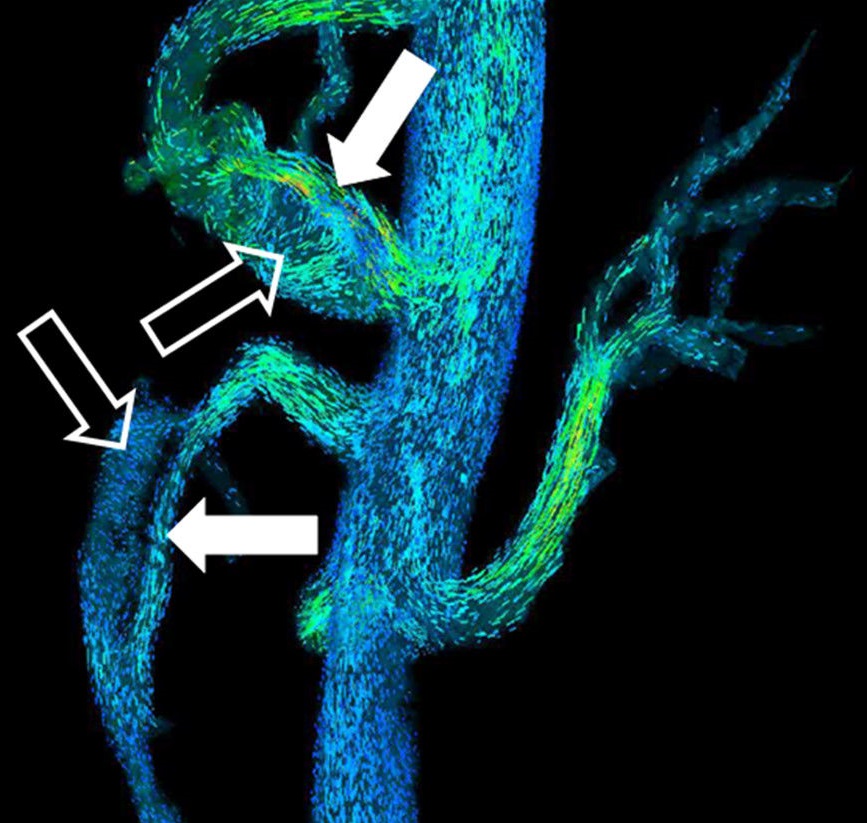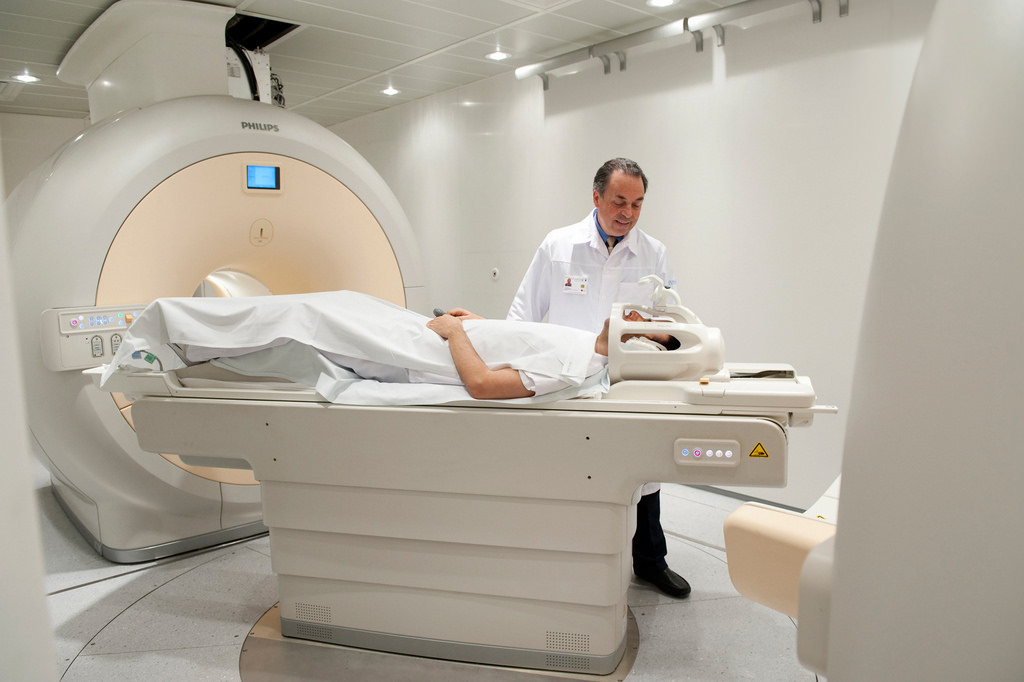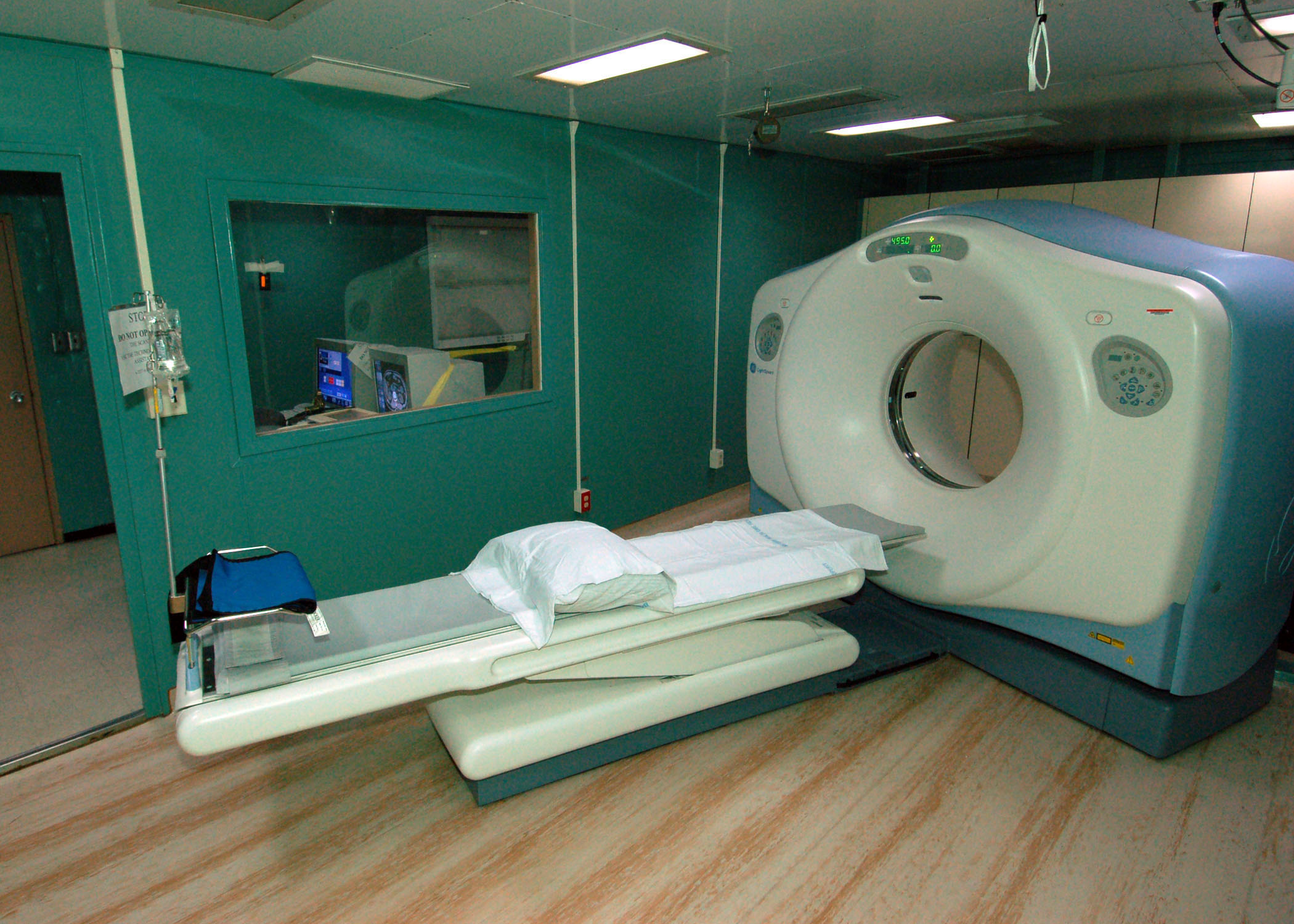There are a wide variety of diseases and disorders concerning the heart which is part of cardiovascular system in human body. Some of them are in the body since birth and some are contracted later on in life. The former category is termed as congenital heart defects and the latter is called acquired heart diseases.
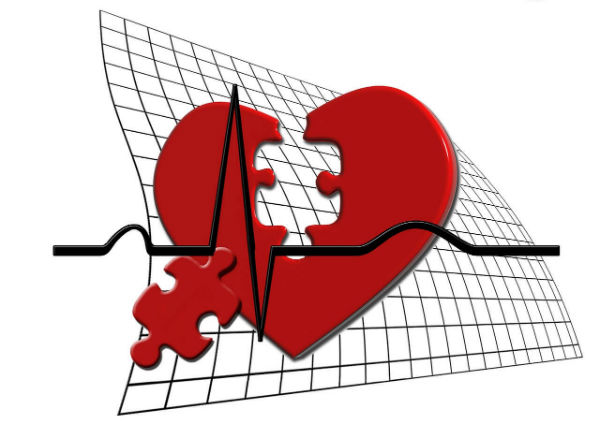
Atherosclerosis, coronary artery disease, heart rhythm disorders, high blood pressure, high cholesterol, are some of the cardiac diseases people suffer. Again, there are a number of diseases that come under the collective umbrella of congenital defects or congenital heart diseases. Anomalous pulmonary venous return, Atrial septal defect (ASD), Atrioventricular septal defect (AVSD), Ventricular septal defect (VSD), Tetralogy of Fallot are few congenital heart defects. In this article, ASD and VSD are discussed ahead.
What is hole in heart?
Hole in the heart is a layman term for denoting ventricular septal defect (VSD) and atrial septal defect (ASD). VSD is less common in adults, because some VSDs close on their own.
The heart is made of different components like left and right atria which are known as the chambers of the heart, blood vessels comprising of capillaries, veins and arteries and lastly tricuspid and mitral valves. In a healthy person, blood travels from heart to lungs for oxygen, and in turn oxygenated blood is provided to the body. Congenital heart defects are a result of structural abnormalities of formation of components of the heart. And thus, when there are defects or malformations since birth, the pumping function does not take place as it should.
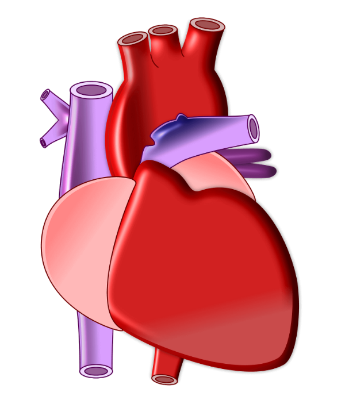
The heart starts developing at 22 days in a baby, when it is still inside the womb. The inside structures and chambers start forming by the 28th day. Structural defects form when the inner parts do not form correctly. When there is a heart defect in the child, the blood flow to the heart becomes abnormal and is reflected in his or her heartbeats. However, a normal life is possible for the child that is born with an Atrial or Ventricular Septal Defect after the conditions are treated. Adults with complex heart defects are also able to lead productive lives with the help of medications, treatments and lifestyle changes. Congenital heart defects are referred to as or congenital cardiovascular malformations, congenital heart disease or heart defects.
What are the causes of hole in the heart?
There is no set data that supports occurrence or origin of congenital heart disease. However, the development of congenital heart defects can be attributed to following factors:
- Gestational Diabetes: When blood sugar levels in pregnant women having gestational diabetes is uncontrolled, this leads to anatomical defects in the growing fetus.
- Rubella: Women who contract rubella during their pregnancies are likely to cause the baby to get congenital heart defects. If a pregnant woman has not undergone vaccination against this virus, she is likely to pass on the virus to the unborn baby, who in turn develops heart problems, liver disorders, mental disabilities etc.
- Genetic History: There may be a family history of this particular heart defect that may cause the unborn child to develop congenital heart defect. Congenital heart defect may be passed on to the first child, if anyone of the parent has it. Likewise, heart defects are likely to occur in children, if any of the parents have had it from their childhood.
- Smoking: Cigarette smoke has a number of toxins like nicotine, carbon monoxide, arsenic etc. These poisonous substances do not allow nutrients and oxygen to reach the baby or get absorbed well. Any type of smoke is harmful for the baby and can cause health problems like lung disorders, pre-term birth, congenital heart defects, to name a few.
- Drinking: Alcohol consumption during pregnancy is also not advisable, as it has the capacity to interfere with development of the child’s heart. Consumption of alcohol can also be attributed to the unborn baby developing congenital heart defects. Drugs like cocaine are also a contributing factor in structural problems and cardiac malformations in the child.
What are the symptoms of hole in the heart?
Provided herewith are signs and symptoms that are seen in anyone suffering from Atrial or Ventricular Septal Defect.
Symptoms like fatigue, difficulty in breathing after exercise or littlest of exertion, swelling in legs and abdomen, and weakness suggest possible presence of congenital heart defects in adults.
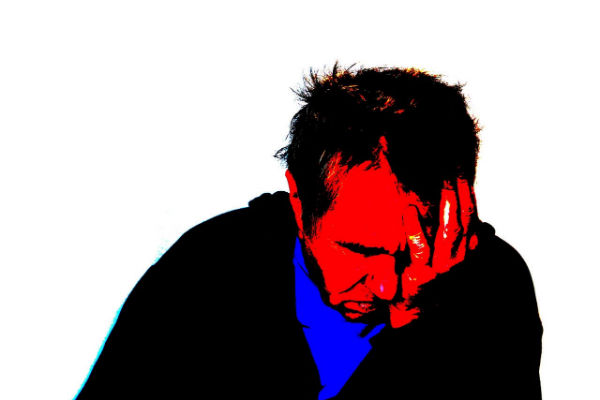 Likewise, signs like a bluish tint in the fingernails, skin, and lips, fast breathing and shortness of breath while breast-feeding, are the signs that suggest congenital heart defects in babies. Also, if the hole in the heart is small, it may not show any symptoms.
Likewise, signs like a bluish tint in the fingernails, skin, and lips, fast breathing and shortness of breath while breast-feeding, are the signs that suggest congenital heart defects in babies. Also, if the hole in the heart is small, it may not show any symptoms.
The doctor may order chest X-ray, electrocardiogram, echocardiography, pulse oximetry, color Doppler for diagnosing a congenital heart defect. A chest X-ray can spot abnormalities in the blood vessels and chambers in heart. Whereas, the electrical signals in the heart are measured with the help of an electrocardiogram to diagnose cardiac problems. Functions of heart valves and heart chambers are mapped with the help of an echocardiography. Thickness of ventricles can be useful in detecting congenital heart defects. Pulse oxymetry will reveal oxygen quantity in the blood and that will help in determining presence of defect in the heart. Color Doppler studies blood flow through the blood vessels. This helps in determining abnormalities in the heart chambers.
What are the treatments required for hole in the heart?
There are various treatment methods available for treatment of congenital heart diseases. However, many deciding factors influence the method of treating this disease.
Sometimes, medications like beta blockers and diuretics can be sufficient to rein on the condition and sometimes, a combination of treatments has to be implemented for treating the congenital heart defect.
Surgery is only recommended, if the congenital defect causes serious symptoms and discomfort to the child. Sometimes, if the defect is small, it closes on its own.
Heart Transplant – This heart transplant procedure employs implant of a new heart from a donor’s body to treat the cardiac or congenital heart defect in the patient. It is only done, when other treatments for treating the cardiac illness haven’t worked out. This surgery takes a minimum of 4-6 hours.
The patient is connected to a heart-lung by-pass machine that carries out functions of both of these organs during procedure. A cut is made near the breastbone for accessing the heart. After which, the existing heart is taken out, and the new transplanted one is connected to the veins and arteries. The body’s response to the new transplant is monitored through follow-up treatments. A lot of lifestyle changes need to be incorporated after the transplant in order to prevent the body rejecting the new heart.
Catheterization – Cardiac Catheterization involves treatment of the cardiac defect without opening the heart chamber for accessing the heart. It is used both as a diagnostic as well as surgical procedure.
Cardiac catheterization helps the doctor in diagnosing blockages, heart valve disorders, and also combining it with surgical procedures like angioplasty and valvuloplasty to name a few. Likewise, cardiac catheterization is a technique used for diagnosing congenital heart defects as well. The hole in the heart is closed with the help of a catheter. The catheter is threaded through a vein in the leg and up to the heart. The catheter, thus repairs holes in the heart’s walls.
Open Heart Surgery – It can also be termed as corrective surgery for congenital heart defects. Open heart surgery is the technique used for treatment of the particular heart defect.
Atrial Septal Defect and Ventricular Septal Defect can be treated using an open heart surgery. If left untreated, the hole in the heart can lead to medical problems, such as arrhythmia, heart failure and the like.
This surgery starts with an 8-10 inch long incision done on the patient’s chest. Another incision across the breastbone makes the surgeon get a clearer view of the heart. Next, a heart-lung machine is connected for performing function of the heart and for oxygenating and circulating blood. Patches are placed for repairing ventricular or arterial defects. The incisions are then sealed. The patch that was placed, then naturally gets covered by heart tissue lining and it becomes a part of the heart for rest of the life.
Fairly, all congenital heart defects can be treated with the help of medication or surgery. The defect also does not have a long-term effect on the child’s day-to-day activities or health. The child will do just fine once he/she is operated on.
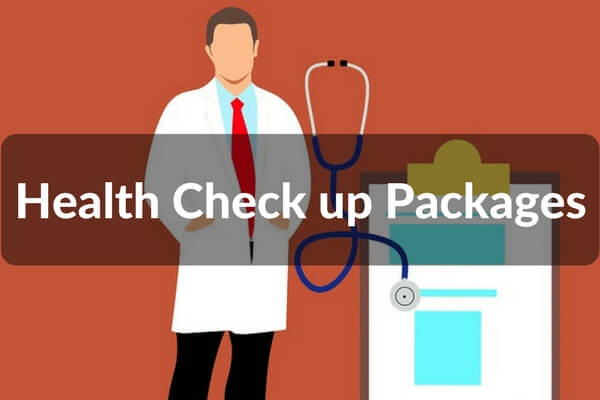

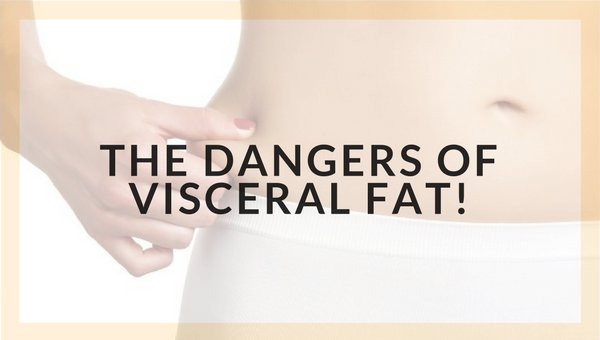 It is everyone’s pipe dream these days to have a flat stomach and enviable washboard abs just like those models gracing glossy magazine covers. However, sadly, this pipe-dream does not reach fruition beyond a couple of weeks after the dust has settled on the new year. Most people then resign to the fact that they would never be able to vanish the ugly fat deposits they have in different regions on their body. As a result they choose to not leave the comforts of their bed every morning. Also eating anything and everything without thinking of its consequences!
It is everyone’s pipe dream these days to have a flat stomach and enviable washboard abs just like those models gracing glossy magazine covers. However, sadly, this pipe-dream does not reach fruition beyond a couple of weeks after the dust has settled on the new year. Most people then resign to the fact that they would never be able to vanish the ugly fat deposits they have in different regions on their body. As a result they choose to not leave the comforts of their bed every morning. Also eating anything and everything without thinking of its consequences! 